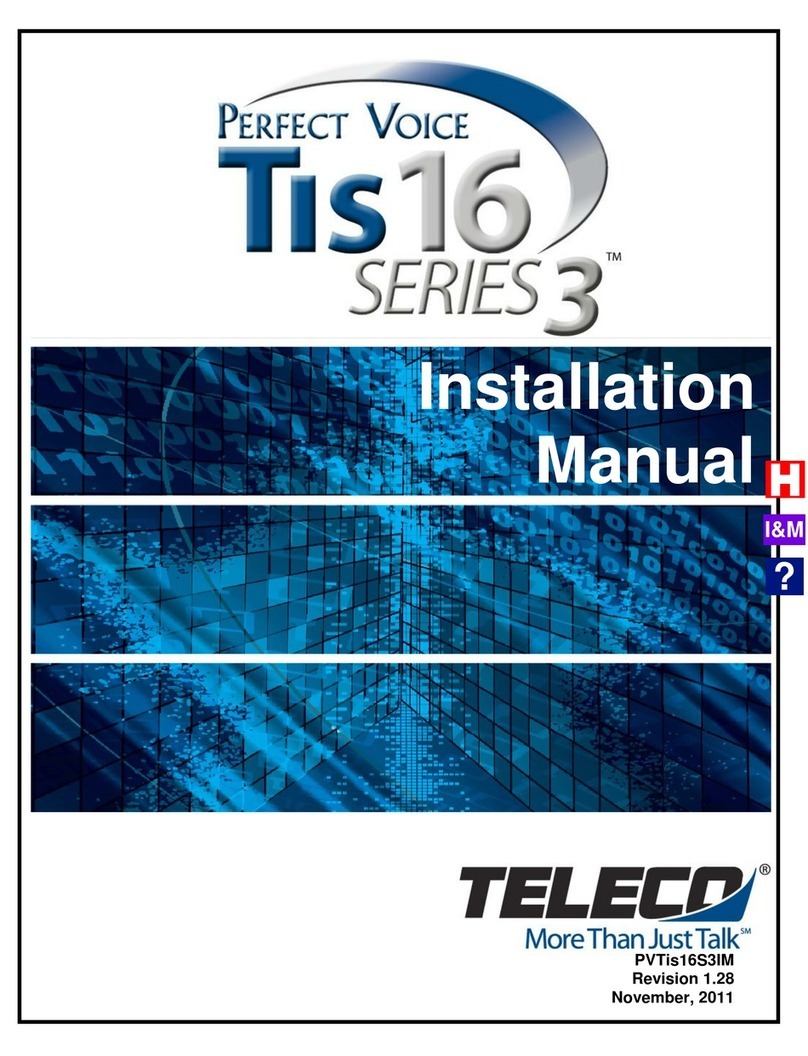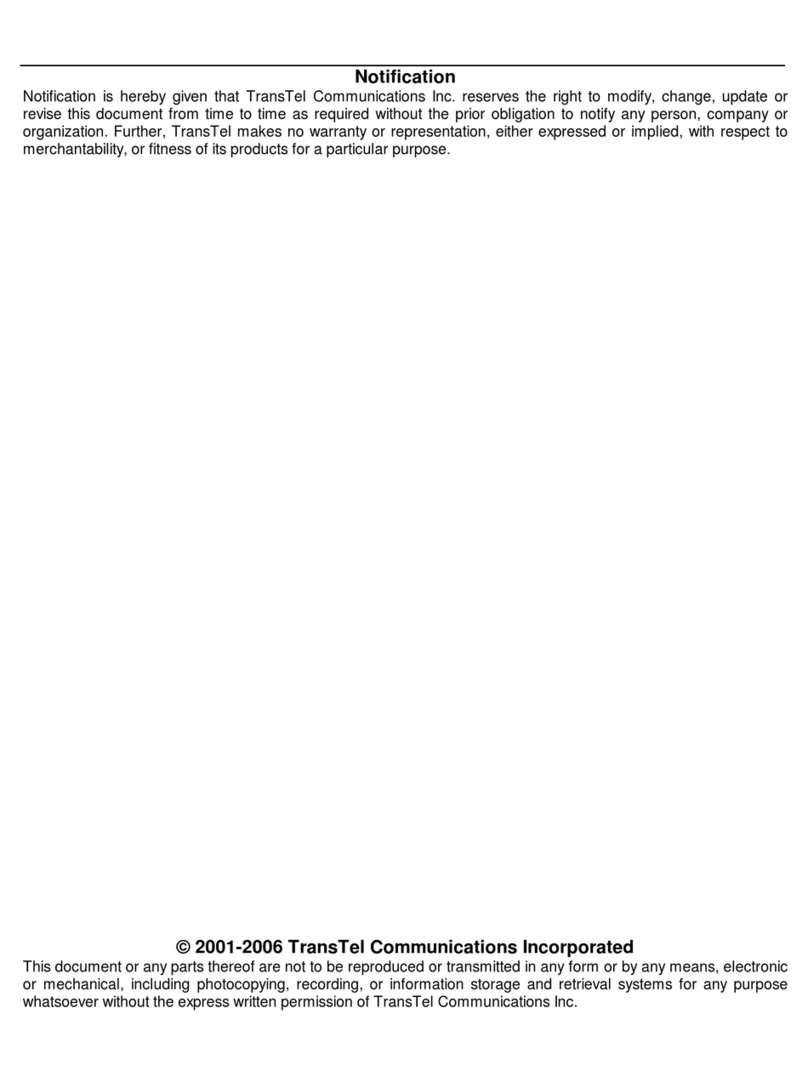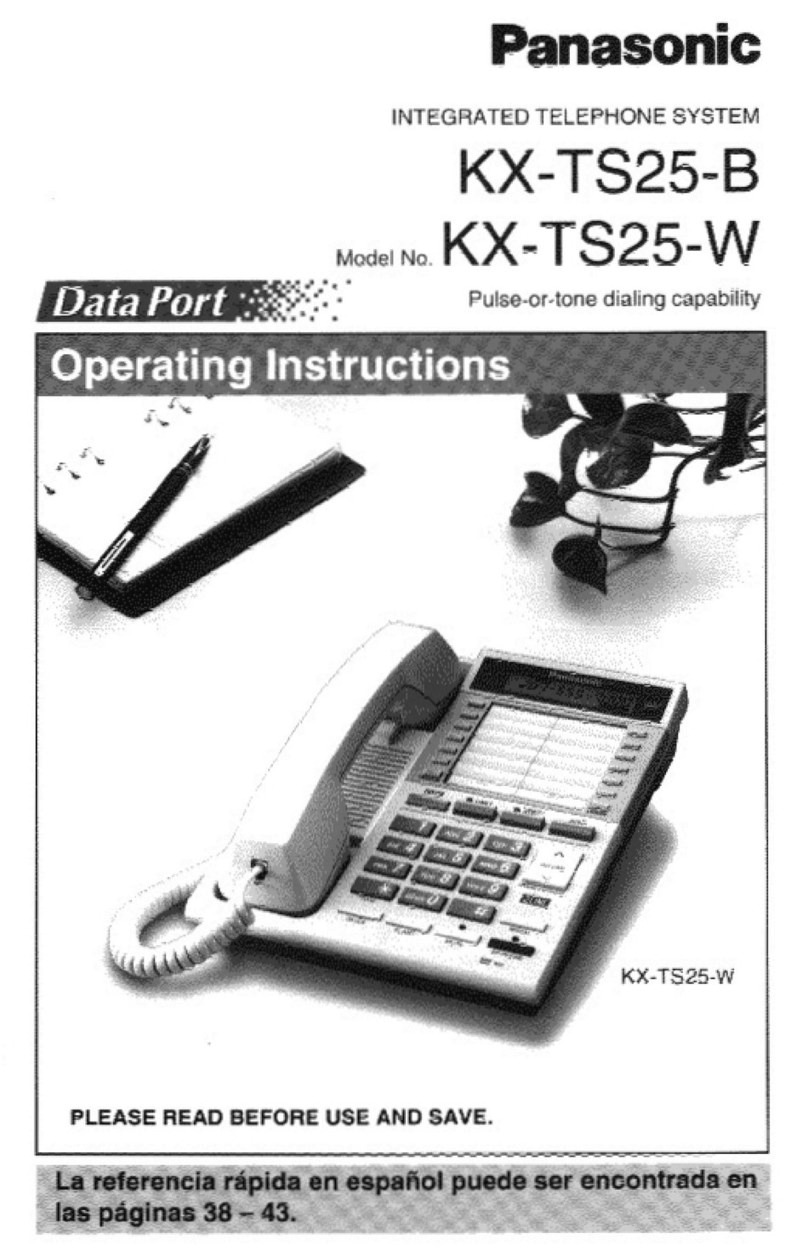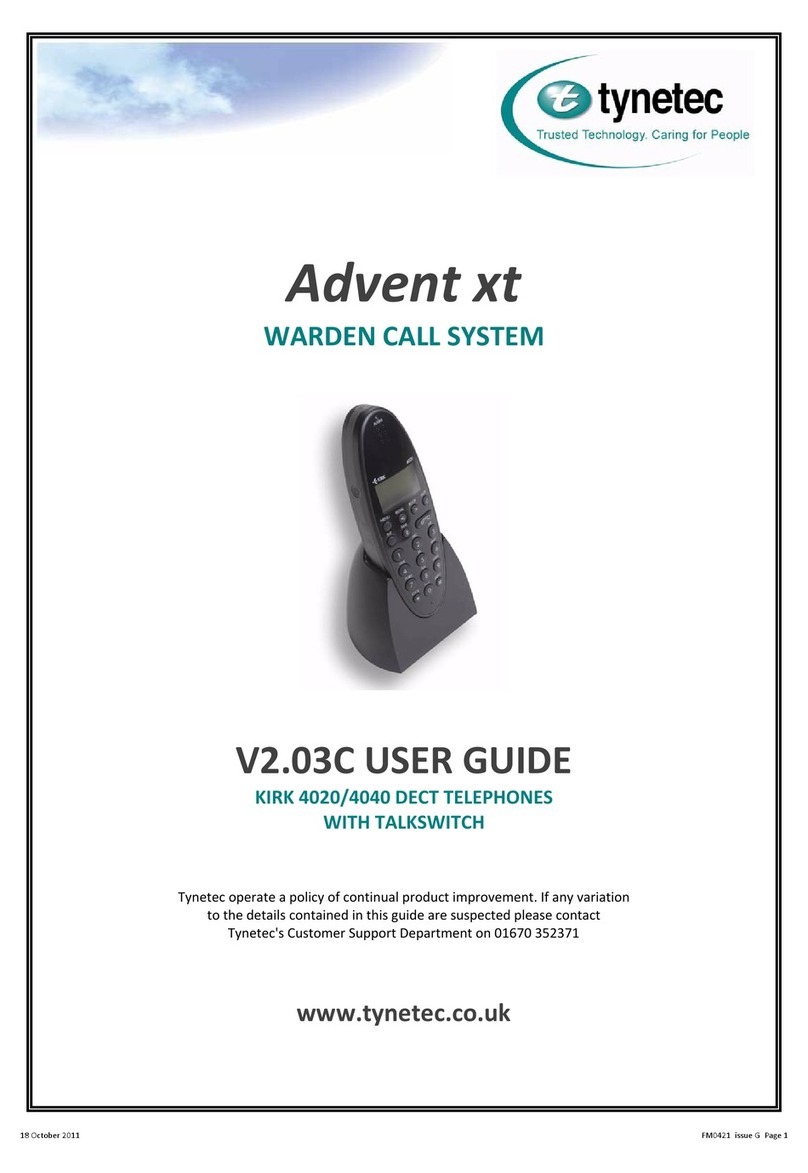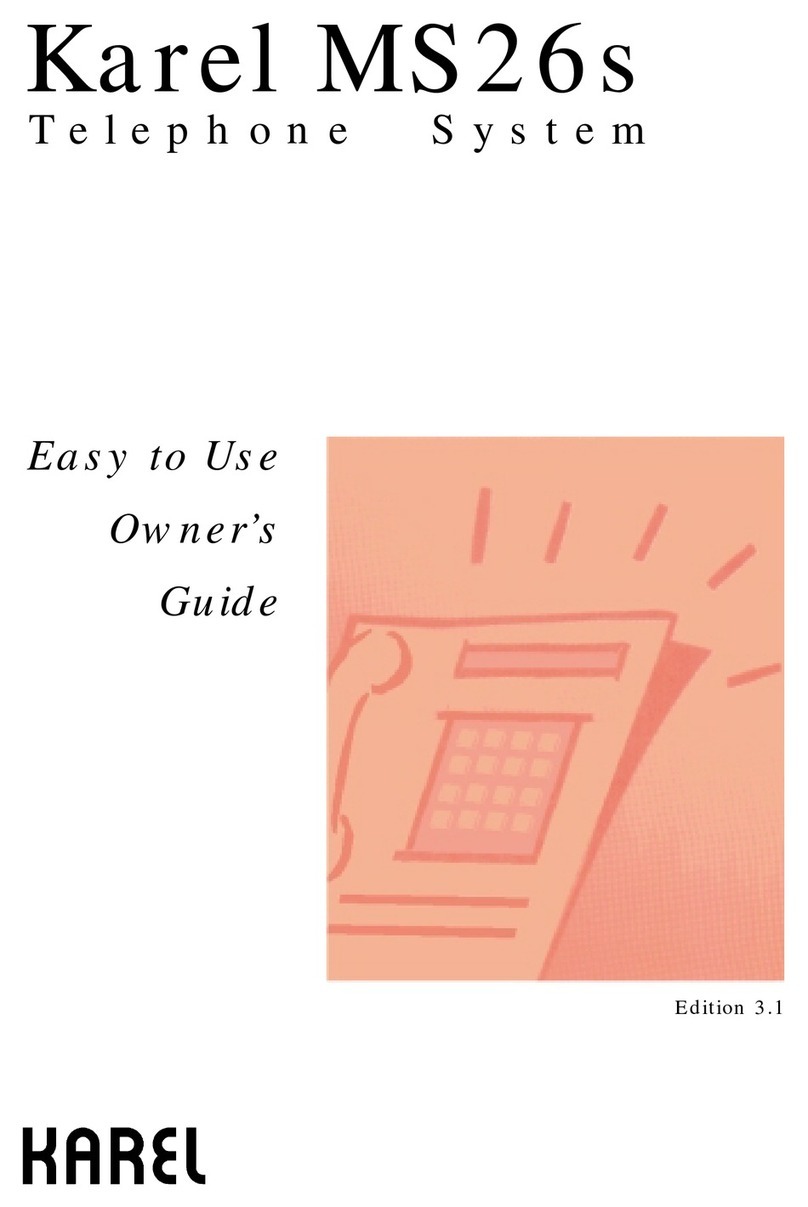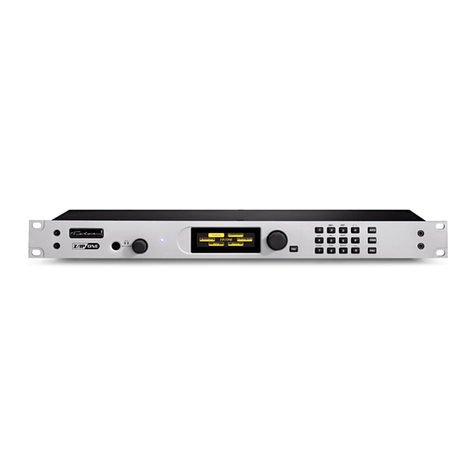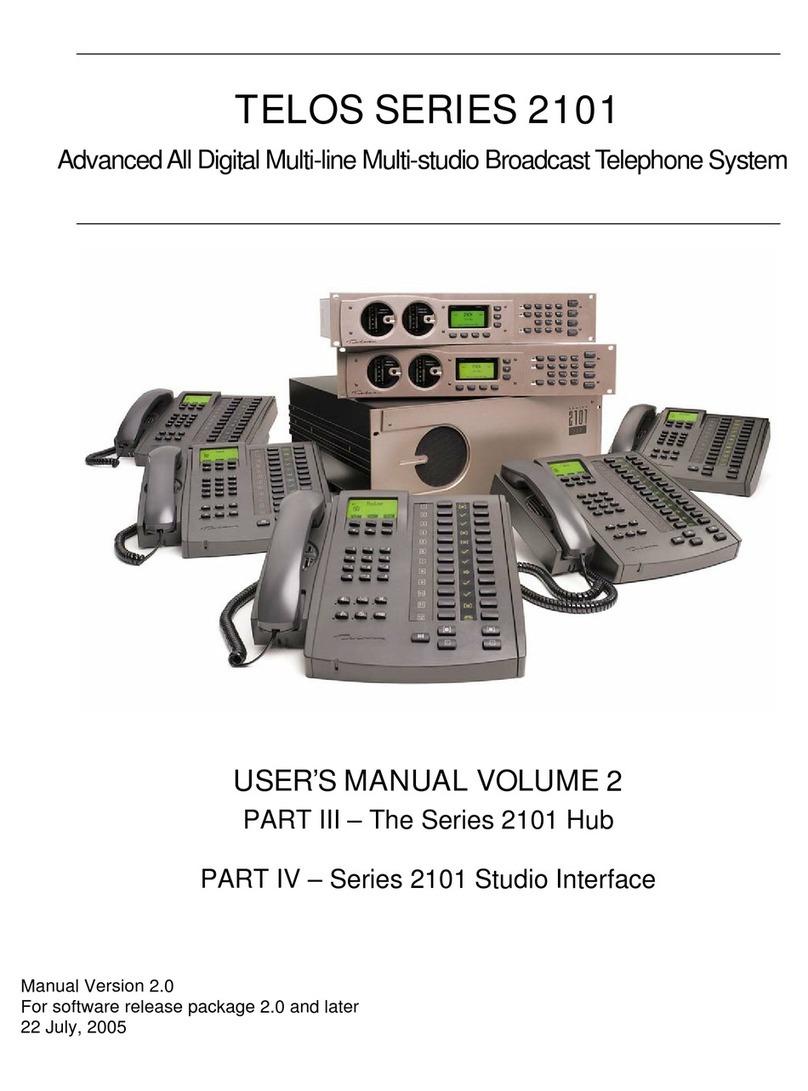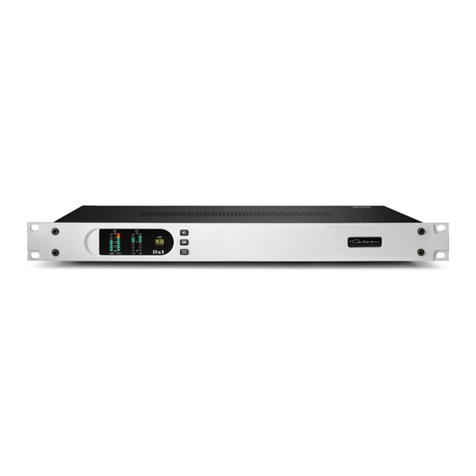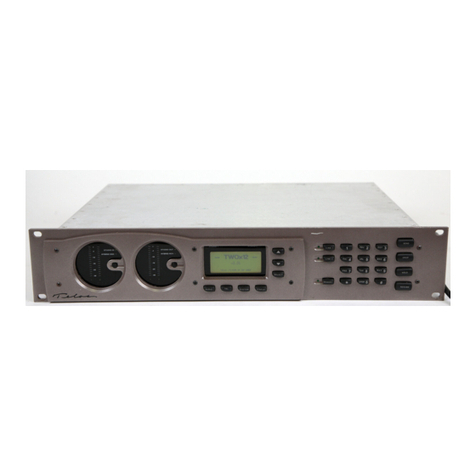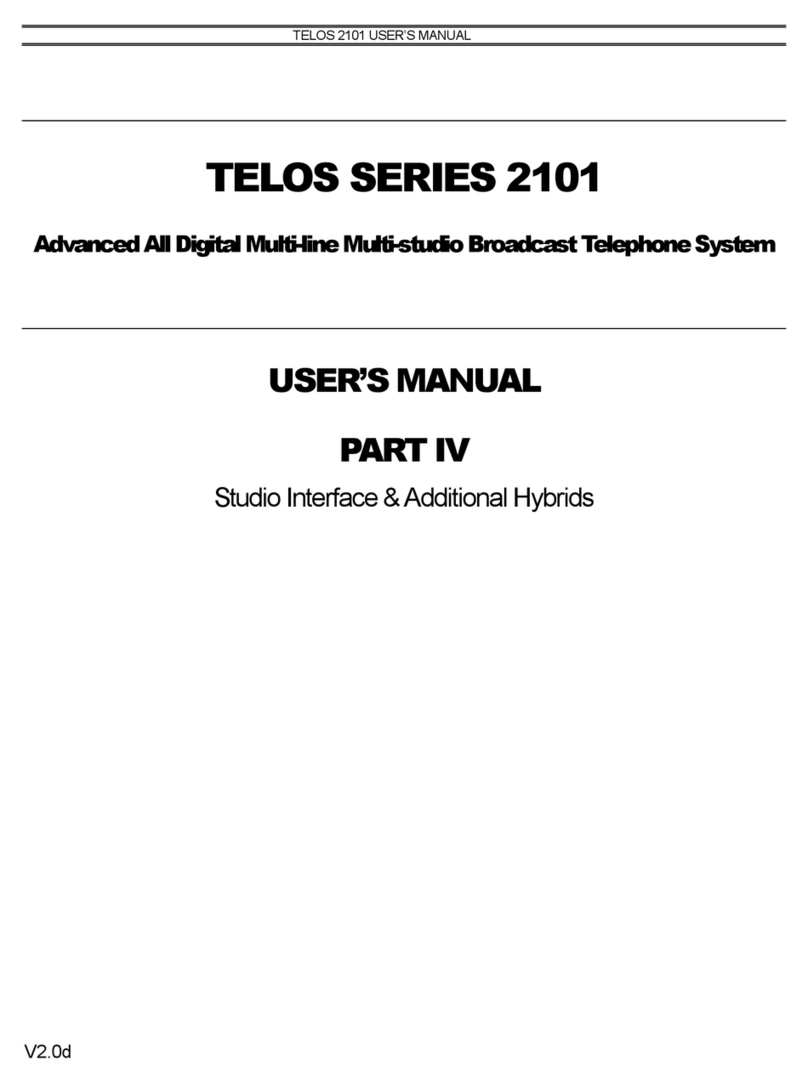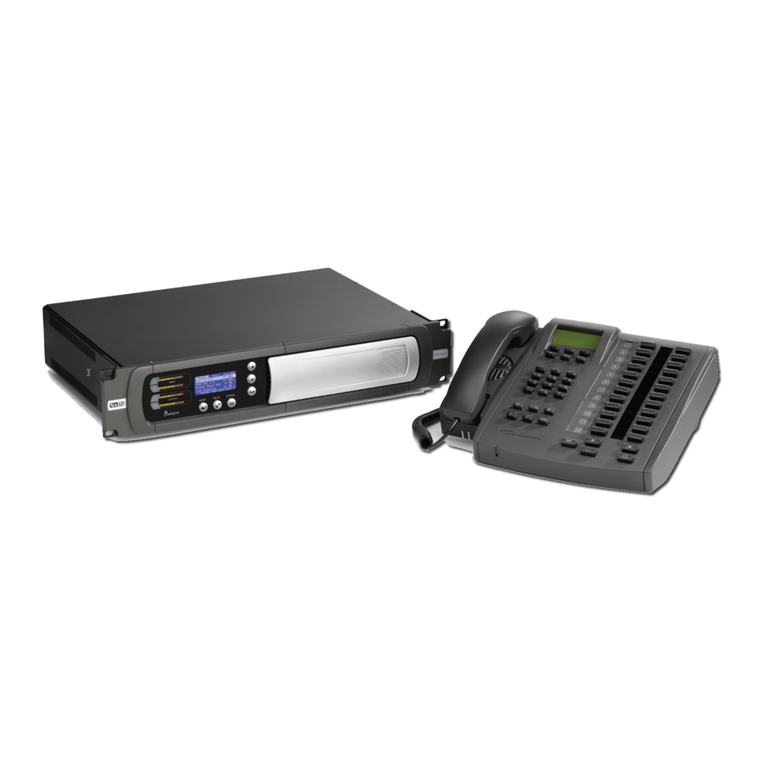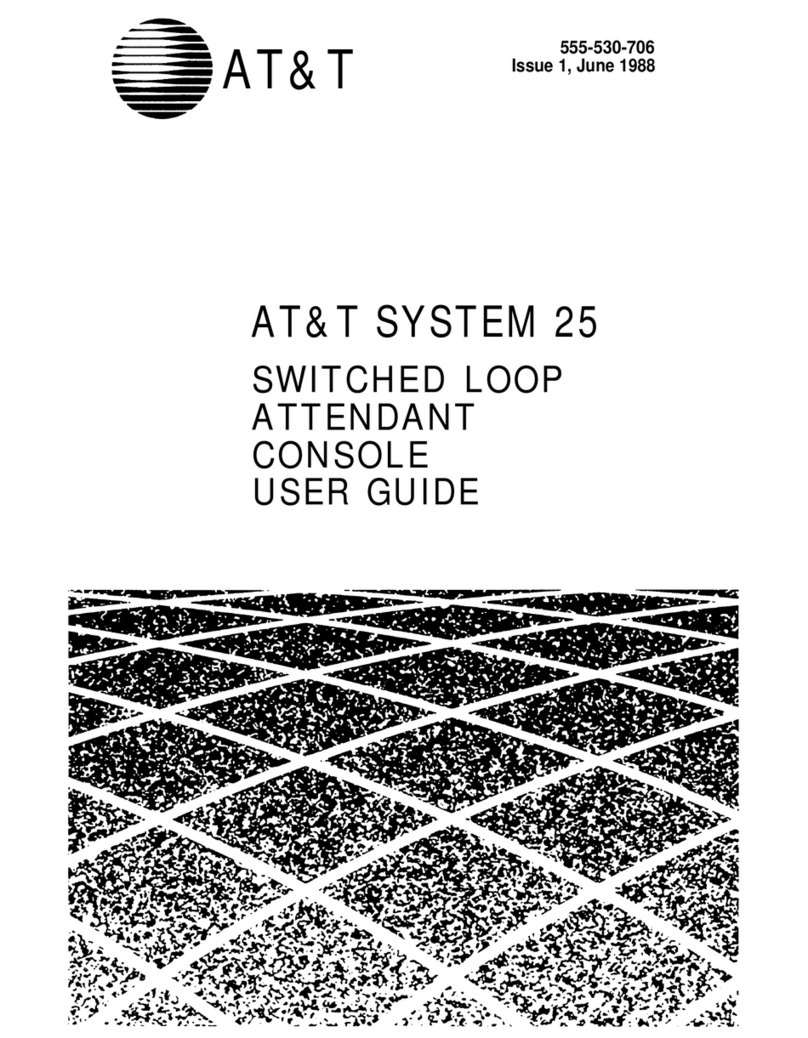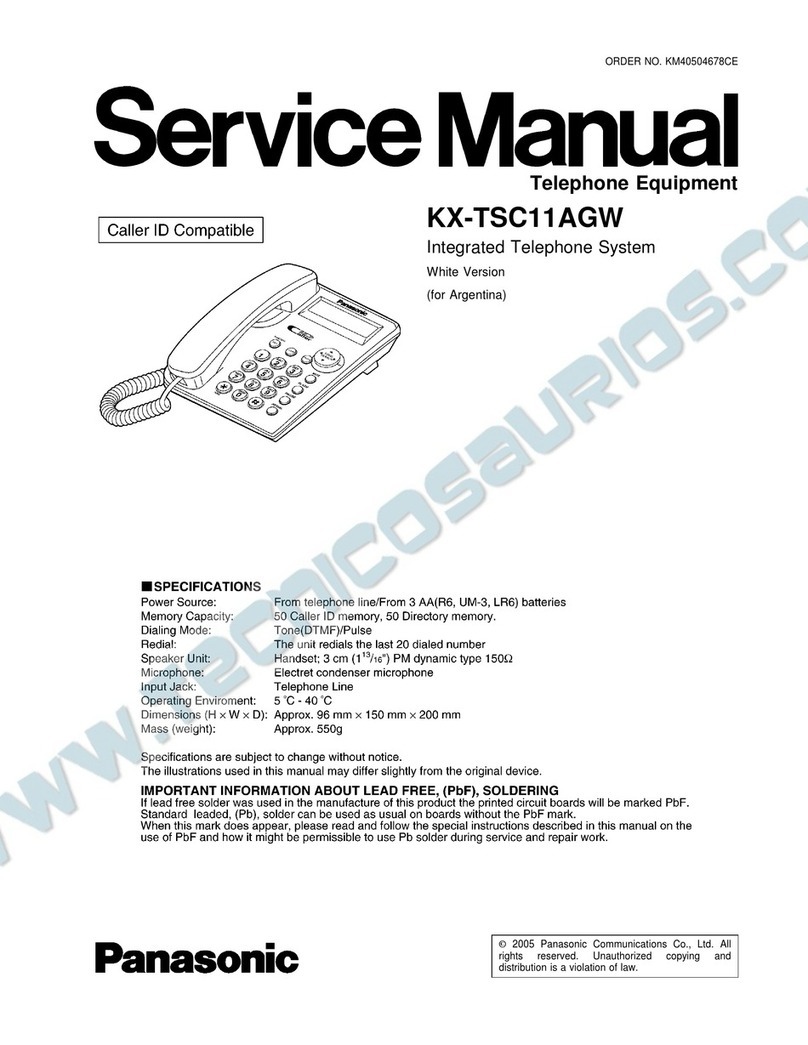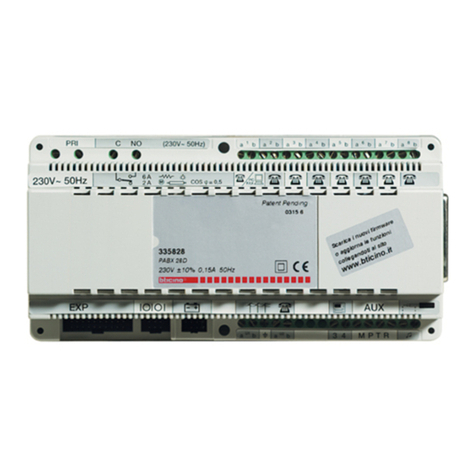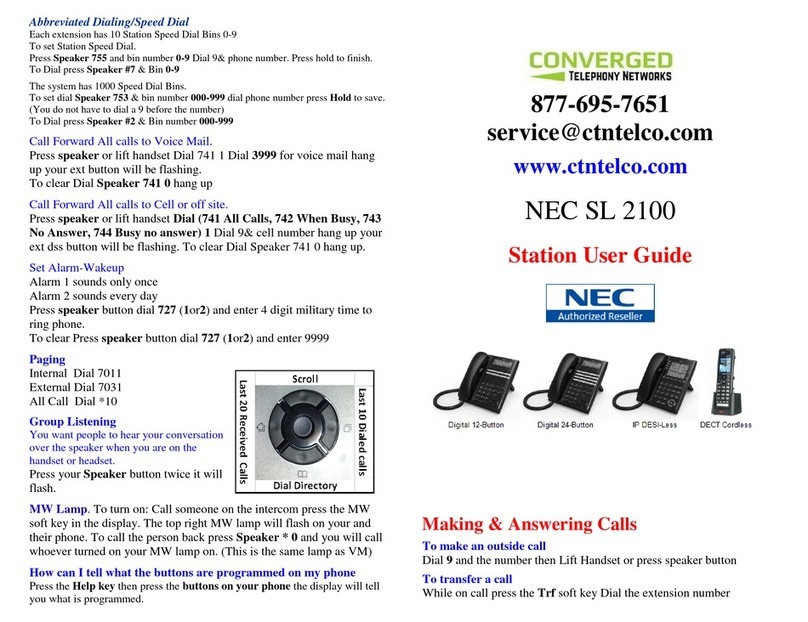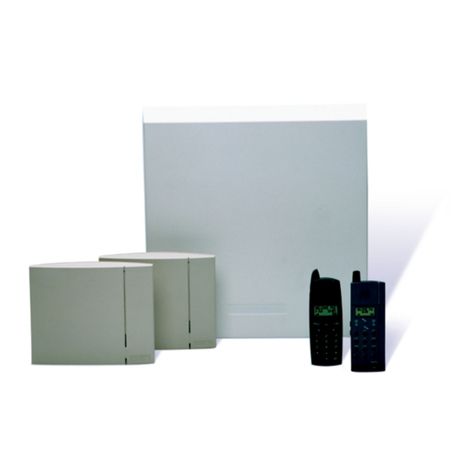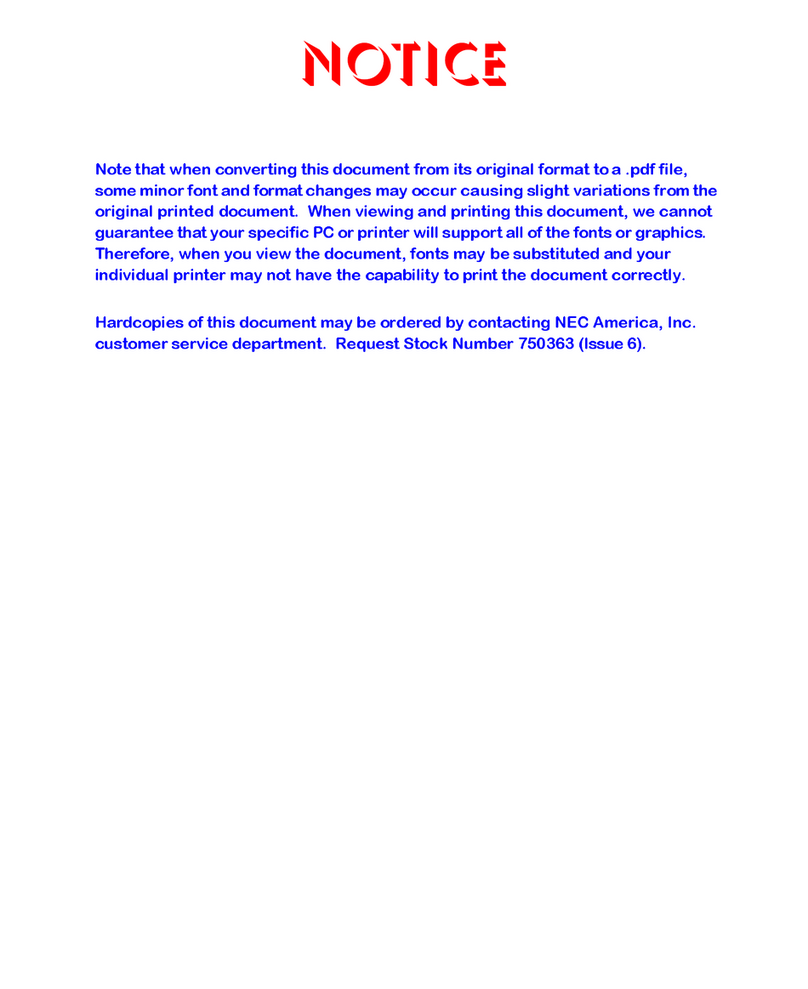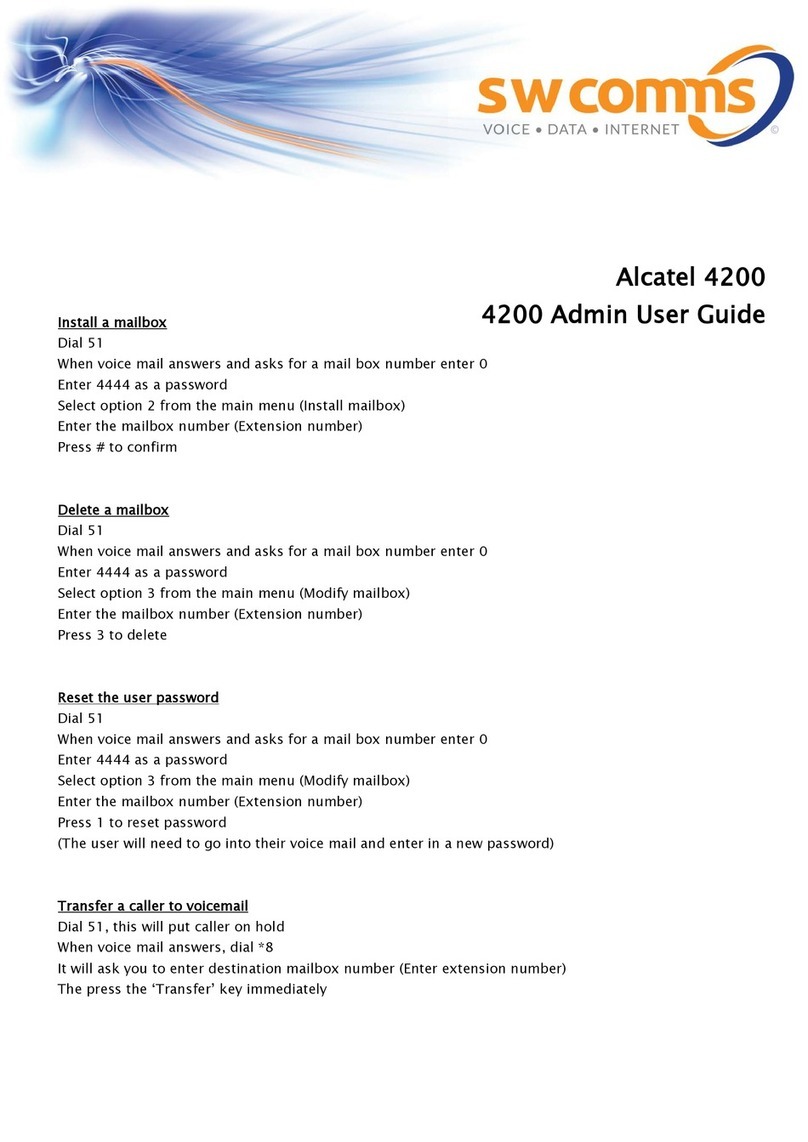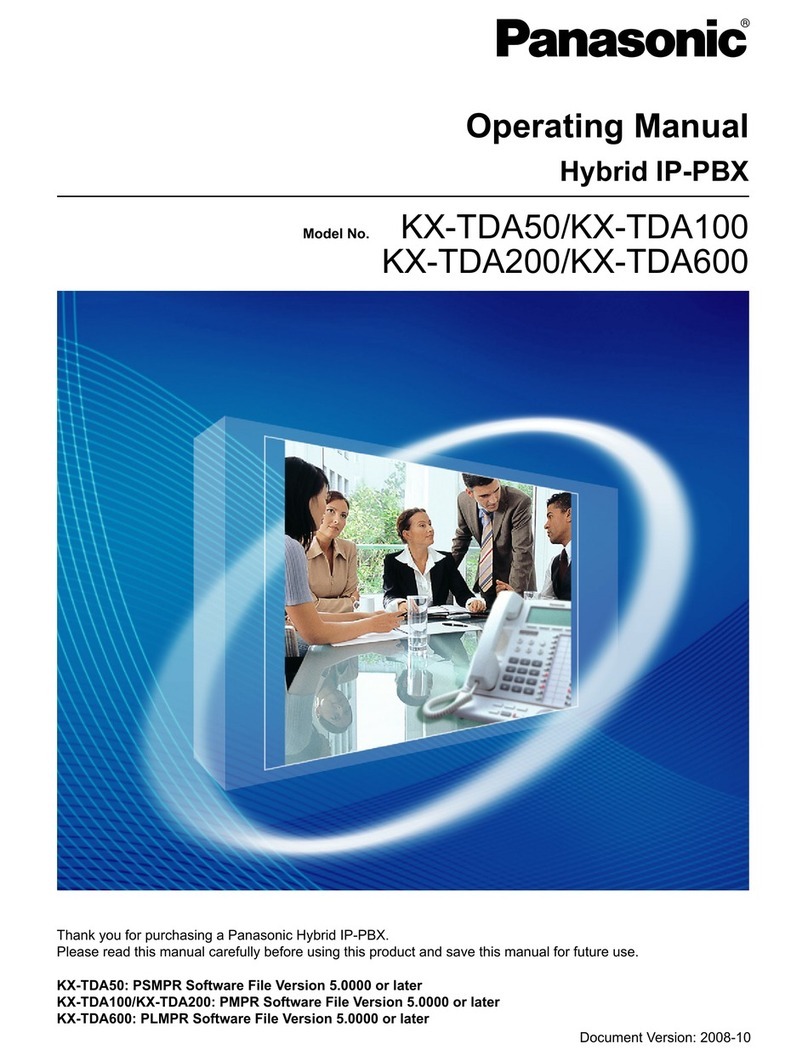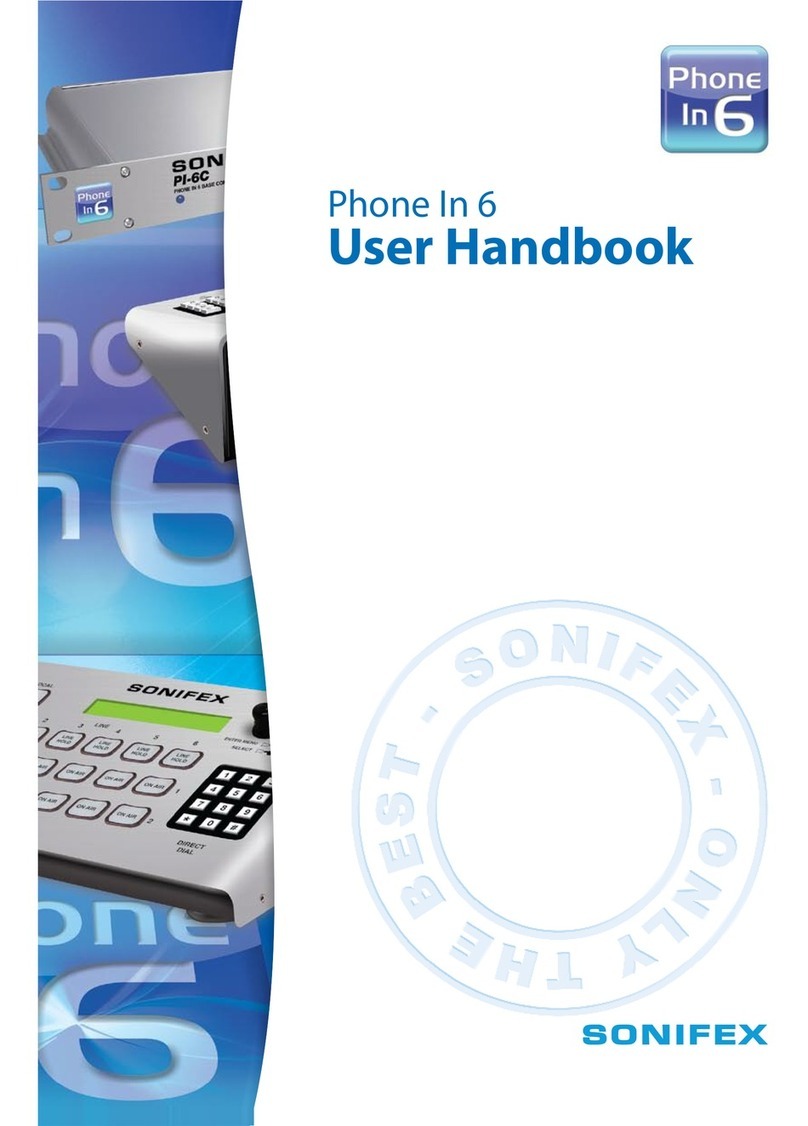
TELOS 2101 USER’S MANUAL
VI
IMPORTANT INFORMATION & NOTICES
for repair and (or) warranty information. If the trouble is causing harm to the
telephone network, the telephone company may request that you remove the
equipment from the network until the problem is resolved.
The PRI-PCI does not contain users repairable or serviceable components.
This equipment may not be used on the publish coin service provided by the
telephone company. Connection to Party Line Service is subject to state tariffs.
The PRI-PCI is a DSX-1 device. Federal regulations (FC Part 68) prohibit connection
of a DSX-1 device to the network without an FCC approved Channel Service Unit
(CSU). Customers connecting this device to the network shall upon request of the
telephone company, inform the telephone company of the particular lines to which
such connections are made and the FCC registration of the protection device (CSU).
INDUSTRY CANADA (IC) NOTICE (Canada)
“NOTICE: The Industry Canada (IC) label identifies certified equipment. This
certification means that the equipment meets telecommunications network protective,
operational and safety requirements as prescribed in the appropriate Terminal
Equipment Technical Requirements document(s). The department does not guarantee
the equipment will operate to the user’s satisfaction.
Before installing this equipment, users should ensure that it is permissible to be
connected to the facilities of the local telecommunications company. The equipment
must also be installed using an acceptable method of connection. The customer
should be aware that compliance with the above conditions may not prevent
degradation of service in some situations.
Repairs to certified equipment should be coordinated by a representative designated
by the supplier. Any repairs or alterations made by the user to this equipment, or
equipment malfunctions, may give the telephone communications company cause to
request the user to disconnect the equipment.
Users should ensure, for their own protection, that the electrical ground connections
of the power utility, telephone lines and internal metallic water pipe system, if
present, are connected together. This precaution may be particularly important in
rural areas.
CAUTION: Users should not attempt to make such connections themselves, but
should contact the appropriate electrical inspection authority, or electrician, as
appropriate”
“This Class (A) digital apparatus meets all requirements of the Canadian
Interference-Causing Equipment Regulations”
“Cet appareil nume’rique de classe (A) respecte toutes les exigences du Regulement
sur le mate’riel brouilleur du Canada”
EUROPEAN UNION NOTICES
To ensure compliance with EN 60950: 1992, you must follow the requirements
below when installing a PRI-PCI board:
Power
•The PC chassis must supply power to the board according to the power
requirements listed elsewhere
